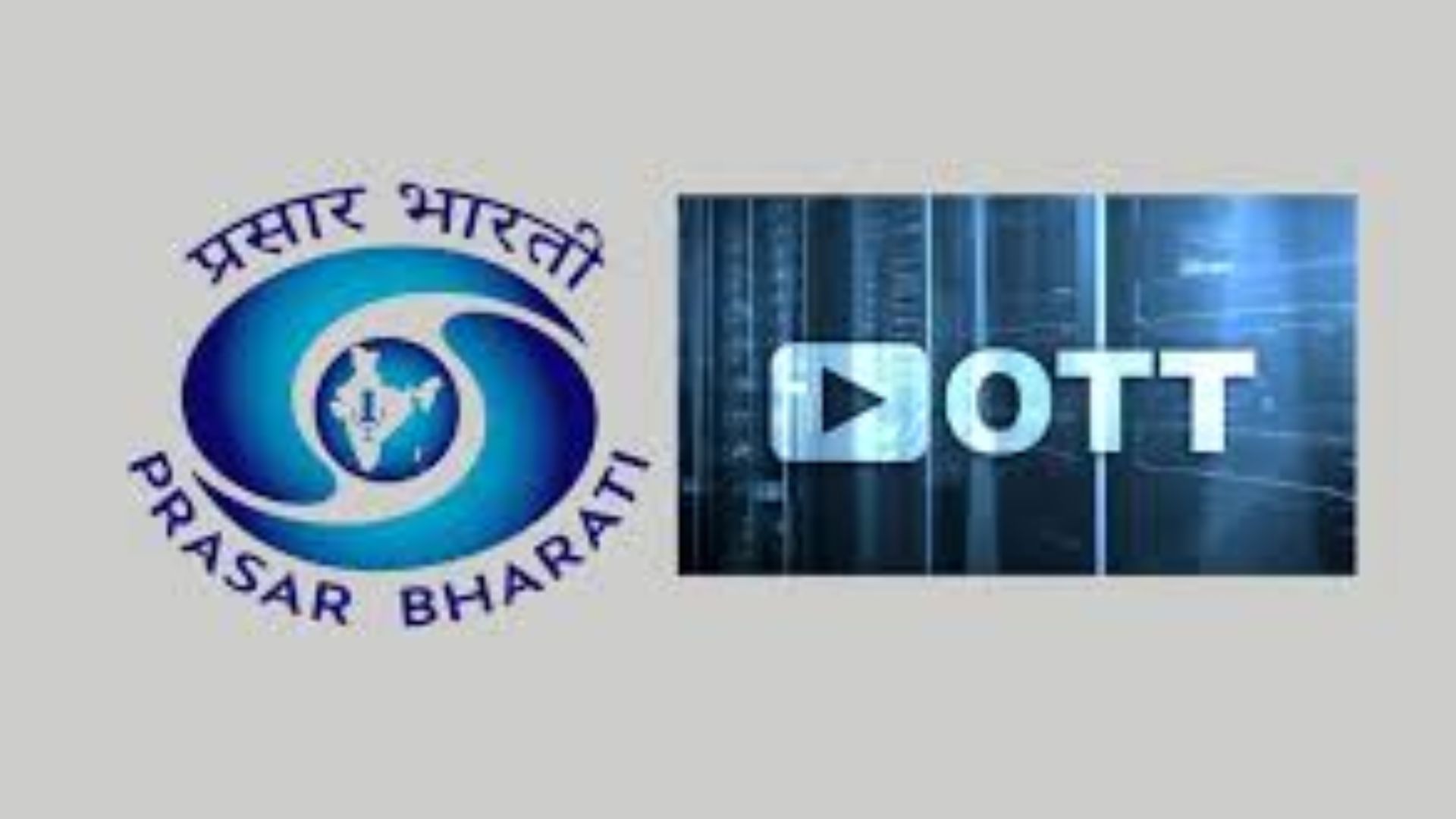ISRO captured the signatures of recent solar eruptive events from Earth, Sun-Earth L1 Point, and the Moon. ISRO activated all its observation platforms and systems to document the powerful solar storm that impacted Earth on Saturday.
Both Aditya-L1 and Chandrayaan-2 made observations, and the signatures have been analyzed. Aditya-L1’s X-ray payloads (SoLEXS and HEL1OS) detected multiple X- and M-class flares from these regions in recent days, while the in-situ magnetometer (MAG) payload also observed the events as it passed by the L1 point.
While Aditya-L1 observes the Sun from the first Sun-Earth Lagrange point, Chandrayaan-2 also captured the signatures of these solar eruptive events from the lunar polar orbit. XSM observed many interesting phenomena associated with this geomagnetic storm. The large solar flares (> M5 class), appearing as spikes, were autonomously identified by XSM’s onboard logic, activating an internal mechanism to reduce the incident X-ray flux and prevent saturation by bringing a filter in front of the detector.
READ MORE: Rohita Rewri, Former BJP MLA, Joins Congress In Haryana
While XSM primarily monitors solar X-rays, it also provides information about the local high-energy particle environment by counting events when the upper-level discriminator (ULD) threshold is crossed. A potent solar storm impacted Earth in early May 2024, triggered by the highly active region AR13664, unleashing a series of X-class flares and coronal mass ejections (CMEs) directed at Earth. The resulting geomagnetic storm was the most intense since 2003 (Dst index -412 nT), causing disruptions to communication and GPS systems. This is the most significant geomagnetic storm since 2003 in terms of strength, with the flaring region on the Sun rivaling the historically important Carrington event of 1859.
Multiple X-class flares and CMEs have struck Earth in recent days. The effects were severe over high latitudes, with reports of trans-polar flights being diverted. More events are expected in the coming days. The Indian sector was less affected as the main hit of the storm occurred in the early morning of May 11 when the ionosphere was not fully developed. Additionally, being at lower latitudes, widespread outages haven’t been reported in India. The ionosphere was highly turbulent over the Pacific and American sectors.
The primary impact of this event occurred in the early morning hours of May 11 in India when the ionosphere was not fully developed. GNSS network observations at the National Atmospheric Research Laboratory indicate a decrease in Total Electron Content (TEC) by more than 50 percent from midnight on May 10 to the morning of May 11.
The Master Control Facility (MCF) team at ISRO remained alert and watchful for any geomagnetic activity experienced by geostationary spacecraft. Regarding disturbances on spacecraft, changes in the magnetic torque duty cycle due to increased disturbance accumulation led to frequent momentum dumps.
Deviation in momentum wheel speeds was observed, accompanied by MTC current saturation in some spacecraft. Spacecraft with one-sided panels exhibited predominant signature variations, necessitating frequent momentum dumping. However, overall operations remained normal, with no single event upsets detected. Star Sensor (SS-2) in INSAT-3DS and Star Sensor (SS-3) in INSAT-3DR were deactivated as per mission protocol. Apart from this, no major upsets or anomalies have been observed in any of the 30 GEO spacecraft thus far.
None of ISRO’s Earth Observation Satellites visible from ground stations experienced any upsets or latch-ups. During solar events like this, the Sun’s released energy heats and expands the upper atmosphere, increasing atmospheric density at satellite altitudes, and leading to gradual altitude loss for satellites, particularly those in low-Earth orbit.
The ISRO Navigation Centre has not detected any significant degradation in NaVIC service metrics so far, indicating no or negligible impact from the geomagnetic storm.
ALSO READ: https://www.newsx.com/politics/mamata-banerjees-offer-to-cook-for-pm-modi-sparks-political-debate/


















